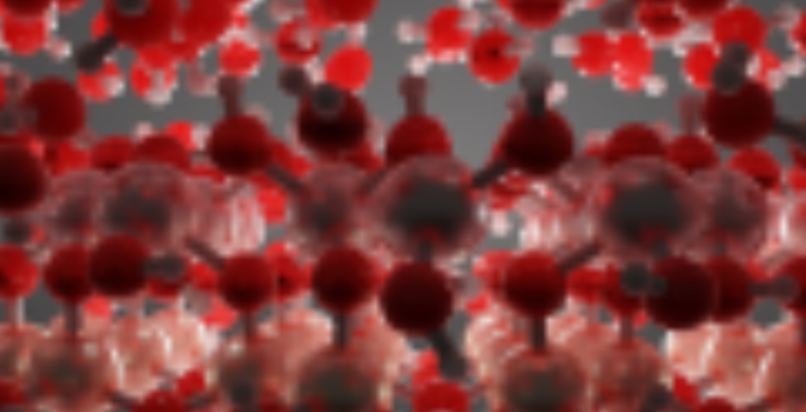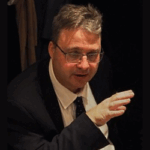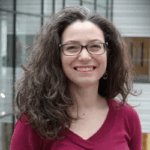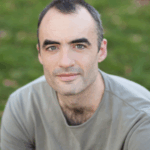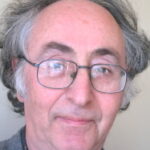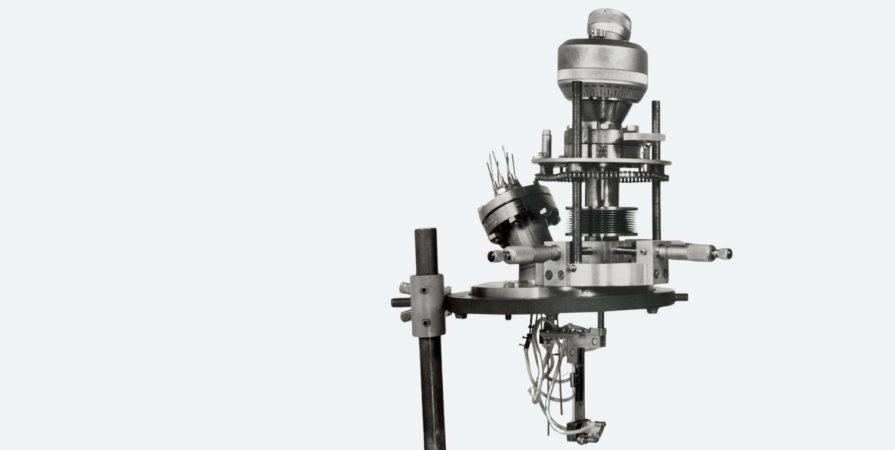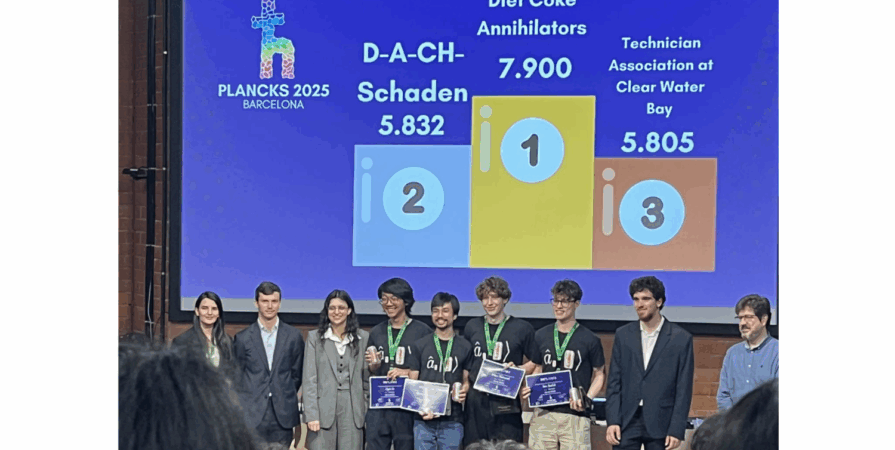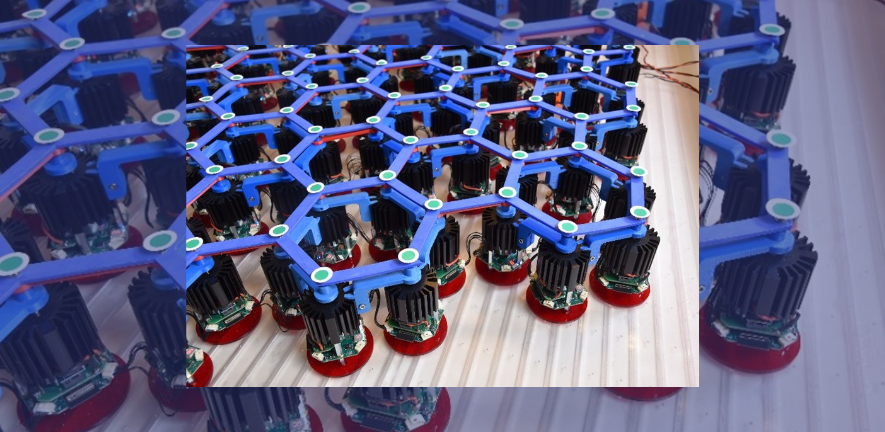Research areas
Electronic Structure
Electronic structure theory has provided research scientists both in academia and industry with an unprecedented ability to make first principles predictions of a wide range of physical and chemical properties of a diverse range of systems limited solely by the available computational power. Genuine academic research, therefore, now lies beyond the standard application of density functional methods.
Our research is to develop new methods with greater accuracy and/or throughput, as well as novel applications of these methods in physics, biology, chemistry and materials science.
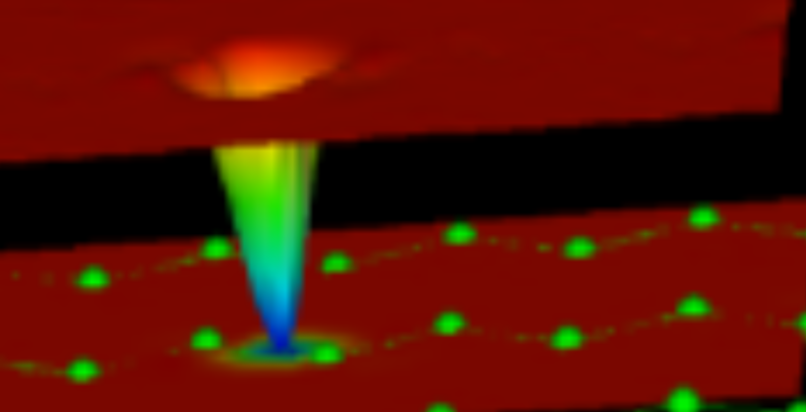
Collective Quantum Phenomena
Collective quantum phenomena are the defining feature of condensed matter. Our researches in this area are bound together by using common theoretical tools to address different physical problems. These include the development of ordered quantum many-body phases of matter (topological phases, strongly correlated phases of electrons and of atoms in dilute atomic gases), the characterisation of these states using quantum information concepts, and understanding how to control these states for quantum information applications. Much of our work is motivated by experiment and often in direct collaboration with experimental groups.
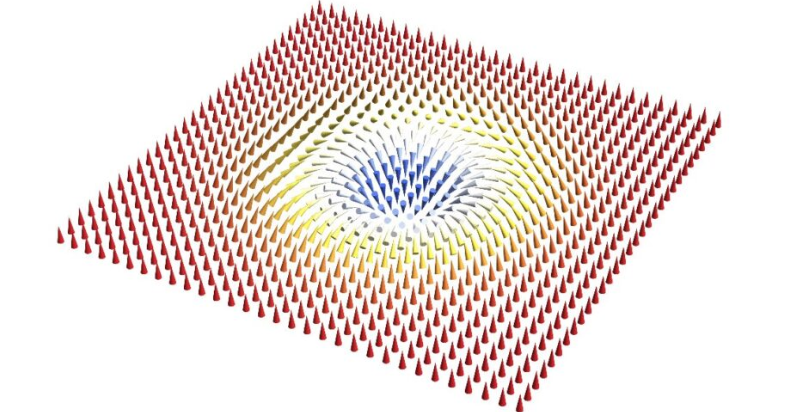
Biological and Soft Matter
In a very wide range of settings the physics of interacting elements at a small lengthscale gives rise to complex collective behaviour at larger scales. Such systems range from glass-forming materials, through complex fluids, to active dynamical systems in biologically relevant settings. We apply theoretical, statistical and computational approaches to study the resulting “emergent” behaviour.
Soft systems of current interest include: disordered systems, frustrated magnetic materials, mechanical metamaterials, active matter, and liquid crystal elastomers. Current biological theory aims to model stem cell dynamics and developmental biology; regulatory networks and homeostasis aspects of bacteria; motile cilia synchrony and their fluid flow; how evolution at the molecular and single-cell scale links to collective behaviours at the population scale.
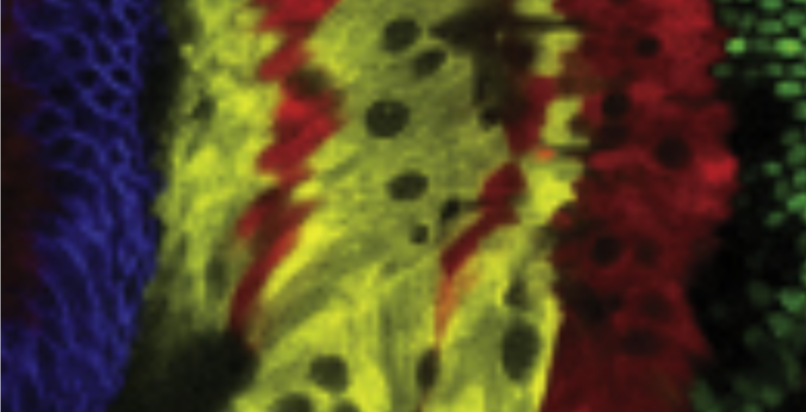
Continuum Modelling and Multiphase physics
Numerous science and technology applications necessitate the numerical simulation and mathematical modelling of continuum phenomena, as well as simultaneous consideration of two or more states of matter, multiple materials and several physical and chemical processes. To this end, at the core of our work is the development of mathematical as well as numerical methods, and the direct numerical simulation of an arbitrary combination of four states of matter (gas, liquid, solid and plasma).
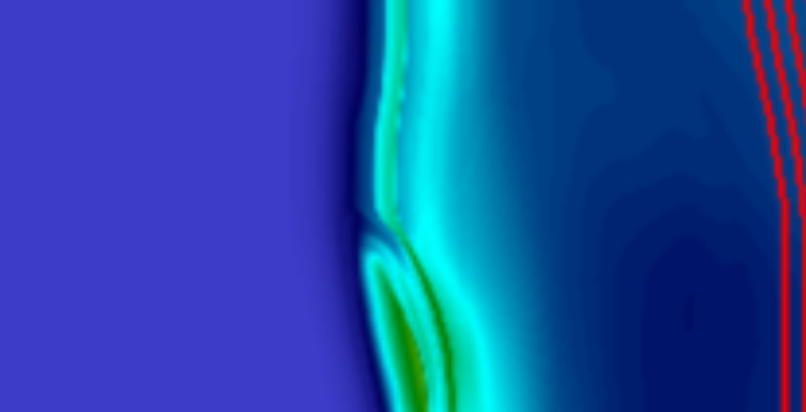
Materials and Molecular Modelling
Understanding complex materials and systems at the atomic scale holds great potential for real world applications such as catalysis, battery technology, or drug design. Our research is dedicated to developing modern sampling techniques and efficient representations of interactions, focusing on the behaviour of solids, liquids, and interfaces. Grounded in first principles, our aim is to elucidate fundamental material properties. Recent efforts have concentrated on describing heat transport, electron-phonon coupling, machine-learned inter-atomic potentials, reactions at solid/liquid interfaces, and non-equilibrium electronic processes in irradiated materials.
